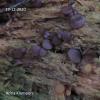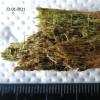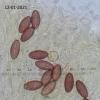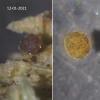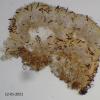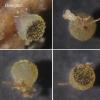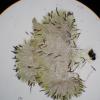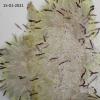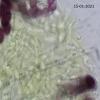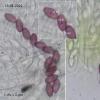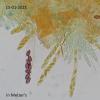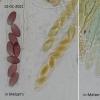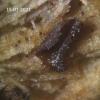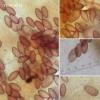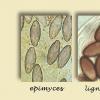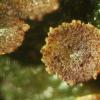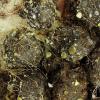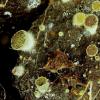
05-12-2025 17:33
 Bruno Coué
Bruno Coué
Bonjour, je serais heureux de recueillir votre avi

07-12-2025 09:24
De la pasada semana en Galicia EspañaEn el suelo

06-12-2025 00:19
 Viktorie Halasu
Viktorie Halasu
Hello, would anyone have this article, please? An

02-12-2025 18:59
This pair of ascos 2.5cm across were on recently b

02-12-2025 19:25
Buckwheat PeteHello, can anyone identify this hairy fungus growi

30-11-2025 12:53
 Edvin Johannesen
Edvin Johannesen
White short-stipitate apothecia found on thin twig


Hi Riet,
Some years ago I collected an Ascobolous from a fallen, rotten trunk or branch of Picea. I remember that there was quite a dense colony. This I IDed as Ascobolus lignatilis from Ellis and Ellis and is the only lignicolous species in that reference. It does seem quite close to foliicola both macroscopically and microscopically but with a different habitat preference. Is epimyces a soil-dwelling species?
Best wishes,
Charles.

Nice pictures ! Rather agree with Charles for A.lignatilis. In my opinion, A.epimyces has more pointed spores at the ends with a more dense ornamentation, and A.lignicola an on average larger spore width with a more reticulate ornamentation.
Michel.

I have no experience of A. epimyces but based on Brummelen's description the latter has more fusoid ascospores with anastomosing ridges. This is not the case in the ascospores of your collection.
This is not a common species.


Hi again Riet,
Thanks for the reference-have just had a look and the fusoid spores seem characteristic of epimyces.
Charles.

Thank you very much for the beautiful pictures!
For me it's the first species Ascobolus I see, so it's very nice to compare!

